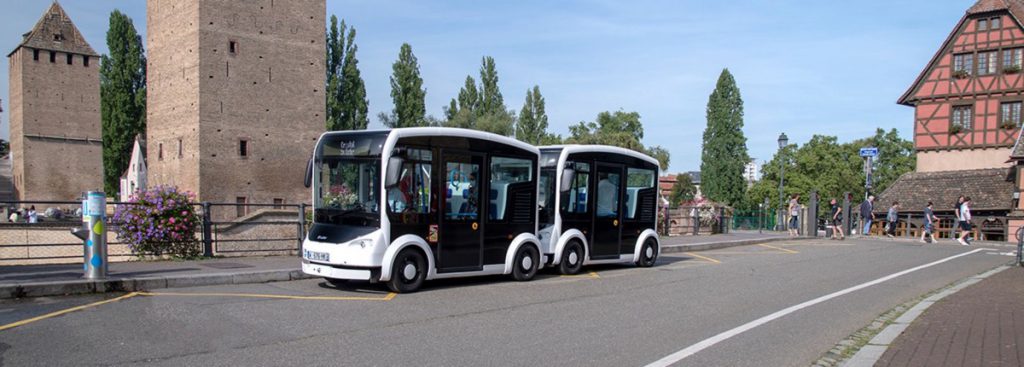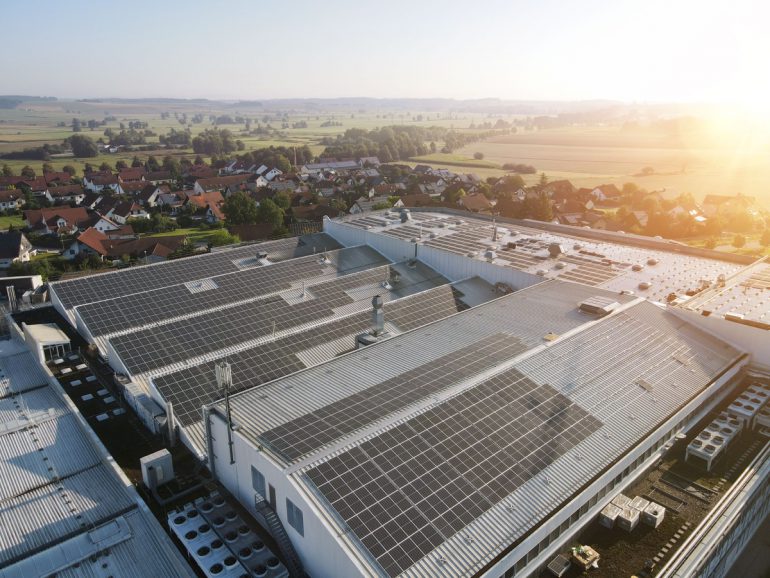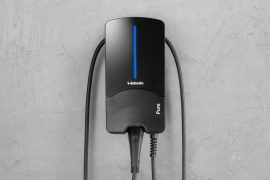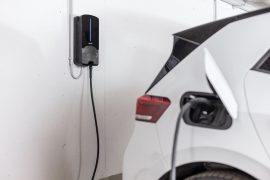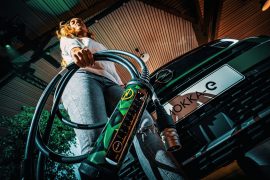The Bavarian is wont to say “clean” when he really likes something. He would say “clean” to Webasto battery production in Schierling, Lower Bavaria, and even mean it in a double sense here: good because it is clean and good because it is regional.
The components around the charging of e-cars are themselves becoming increasingly “green”. Charging systems increasingly have natural or recycled components, for example in the housings. Used batteries are increasingly entering a second stage of life, before the majority of them are not thrown away after thirty or more years of faithful service, but are reprocessed. All of this makes individual and public transport more and more environmentally friendly.
The biggest “sin” of battery-electric mobility is the energy consumption in the production of the batteries and the resulting CO2 emissions, for example when they are produced in China today and destined for the European market. This applies first and foremost to the battery cells themselves, where Europe is still in the early stages of pilot production and small series. And Webasto does not manufacture the cells itself either. But the packaging, the connection of cells to modules and finally the connection of several modules to entire packs including battery management systems, crash-proof frames and, if necessary, active heating/cooling systems also require energy.
The “ecological backpack” from the production of the traction batteries in particular is used up more slowly the more dirty electricity was used in their production. In extreme cases, an electric car may only be on a par with a combustion engine after 100,000 kilometres of driving; on average, this limit is reached after about 30,000 to 50,000 kilometres.
However, if the mobile is powered by the new Webasto batteries from Bavaria, for example, and only electricity from renewable energies is “filled” into these batteries during operation, then this limit is reached considerably earlier.
In addition, if the electricity is taken from the grid – for battery production as well as for driving – it is lacking elsewhere and thus serves as an argument for the opponents of electromobility. Even if this is only true to a limited extent.
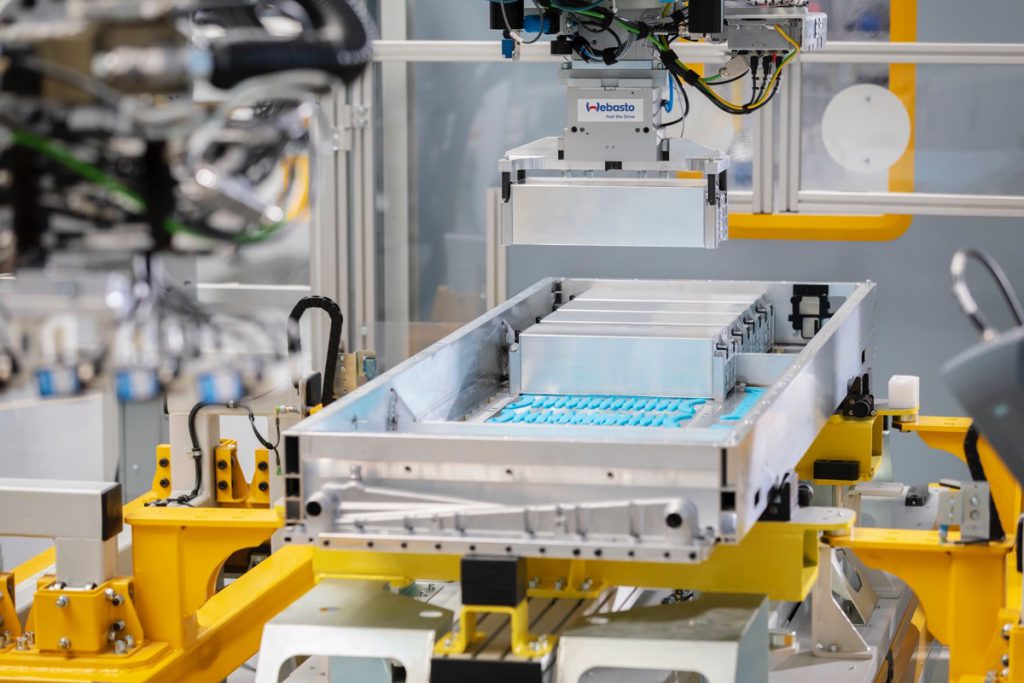
In this way, Webasto kills several birds with one stone with its production, which is 100 per cent supplied with energy via a solar system on the roof of the production facility. Because the electricity used for this does not come from the grid, it is “extra” and entirely renewable. The batteries are built on site and do not have to be shipped halfway around the world to reach their destination. In addition, this strengthens the local business location and thus also secures sustainable jobs.
In order to make production even more efficient, an electrical buffer storage system is to be added to the area of half a football field, which will distribute the energy evenly depending on the load. This storage system also works with batteries that have already completed their first stage of life. An effective and efficient step towards cradle to cradle.
